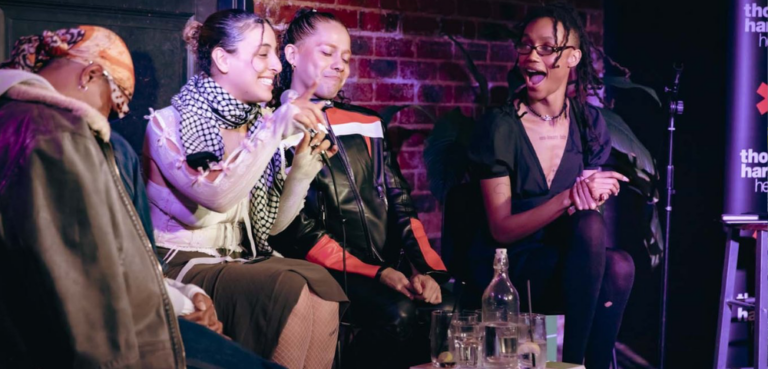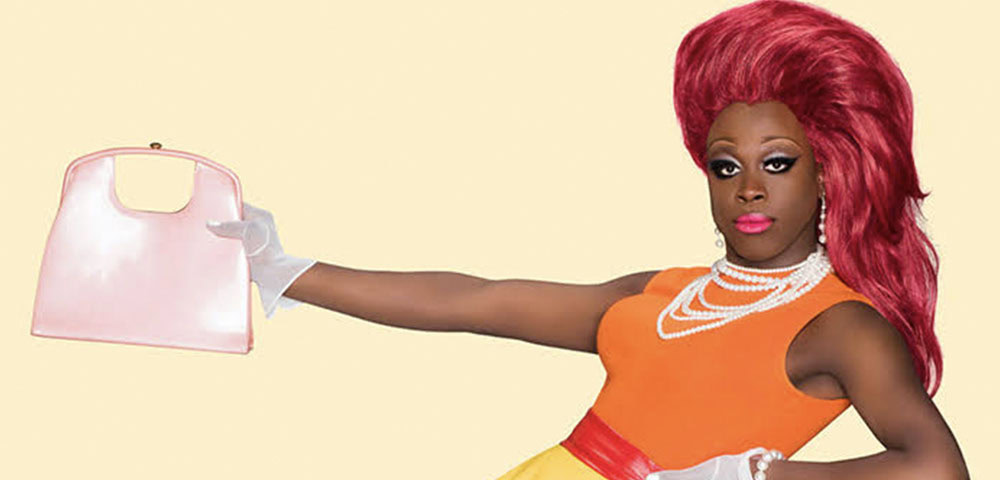

Three weeks and half an hour ago I was staring at a hospital ceiling in Queensland, trying to enjoy the final few minutes of my old genitals.
I’d come to Brisbane for a metoidioplasty, a surgical procedure that rearranges the clitoris and labia into a new micropenis and scrotum. I was getting the simplest version, but was still nervous.
The week leading up to the surgery had been a whirlwind – literally, as Cyclone Alfred had upended all of our plans. Centrelink and my private health insurance had also stuffed up in the days leading up to my surgery, which meant that I was already in a world of pain before anyone had even taken a knife to me.
Preparing for Metoidioplasty
People think of ‘surgery’ as a bad few hours in a hospital theatre, but it’s actually an involved bureaucratic process of forms and meetings and approvals and payment plans. The actual surgery itself is just one particularly pointy moment in a year-long stress parade.
In the months before the surgery I’d had two consultations with the surgeon, somehow saved up $20,000, rushed to finish as many freelance projects as I could, had many frustrating conversations with my shambolic private health insurer, gone through the WPATH process with two psychologists, found and booked appropriate accommodation for the recovery period, and asked my partner to book all of their annual and sick leave to help me.
This, to me, was much more worrisome than actually getting the chop. Having already gone through a hysterectomy and top surgery I was confident in my body’s ability to heal, but not so confident in my ability to deal with admin.
Despite this, I managed to make it to the hospital on time, on the right day, and after a long morning sitting in a waiting room, then sitting in another waiting room, then sitting in another waiting room, and then sitting around in the nud, I was finally ready to go in
The chop shop
I woke up in the late afternoon surrounded by beeping and looking like flotsam from the Great Pacific Garbage Patch.
Motorised balloons periodically squeezed my calves tight and then deflated, like halfhearted boa constrictors were trying to eat my legs. A catheter dangled off the edge of the bed while two drains siphoned mysterious terrible fluids out of my groin. A blood pressure monitor and a heart monitor pinged reassuringly, while a cannula delivered mysterious terrible fluids into my hand.
Over the course of 4 days, these devices were removed piece by piece until I could finally walk around without looking like a possessed cyberpunk Christmas tree.
Life in the hospital was characterised by random lovely busy people barging into my room to give me pills, give me injections, measure my vital signs, deliver baked beans, pick up empty plates, check on my wounds, or change my sheets. This happened at all hours, so by the end I was pretty wrecked from lack of sleep.
I wasn’t in any pain, but I was uncomfortable. An unexpected source of discomfort for me was dysphoria – periods have always been a terrible source of physical and mental pain for me, and seeing blood around that area brought those feelings back. I’m not a squeamish person, so I was surprised to be upset by gore this time.
On day 5, I hobbled out of the hospital and into my Airbnb accommodation. I had a follow-up appointment in ten days, a partner to take care of me, and a hospital-themed showbag of spare dressings, but other than that I was on my own.
The pee machine
Stupidly, I’d packed for Melbourne weather, and so out of a scarf, 3 long-sleeved shirts, 2 tshirts, 1 singlet and a pair of trakky-daks, I only ended up wearing the singlet. After Cyclone Alfred the humidity was still 90% most days, so with strict instructions not to shower or get my dressings wet I felt like a swamp monster.
My partner, a disability care worker, was essential during this time – changing my gory dressings once or twice a day, pressing the buttons on ubereats, and reassuring me every few minutes that my bits weren’t about to fall off.
My nads looked like I’d tried to mate with a whipper-snipper, and I was simultaneously worrying about them constantly and trying not to think about them.
By the fourth day back I was getting by with panadol, but was still finding it hard to get in and out of chairs and limited in the distance I could walk.
I had a catheter tied to my leg which I could see fill up in real time. This not only made me realise how dehydrated I must have always been, but revealed my true nature as a pee machine who only incidentally writes essays or makes friends or pats cats as trivial side projects to the great work of producing wizz.
40 – 90% of people have a bad time with catheters, but I was very lucky that it mostly felt ok for me. Nights were the most uncomfortable, but even worse was searching ‘how to deal with catheter discomfort’ and finding nothing but AI slop. In the mornings I appreciated being able to laze around in bed for hours without having to get up to use the bathroom.
Quality control at the sausage factory
By the time my checkup rolled around, I was sure I was doomed.
The difficulties of the cyclone, Centrelink and insurance had put me in a paranoid frame of mind, and I was just waiting for the next thing to go wrong. So when the nurse at the doctor’s office said “Looks good!” instead of “Oh dear lord!” I instantly felt a wave of relief.
Ten days from the surgery everything still looked very upset, but I could see my new nads were starting to take shape. I was given new dressing instructions and sent on my way.
With the catheter removed and permission to finally have a shower, I started to feel like a human again.
Getting away with it
It was only on the flight home a few days later that I started to feel like everything might be ok. I felt like I’d pulled off the biological equivalent of a high-stakes heist, and was walking away with the loot safely in my pants.
Three weeks on, I’m in no pain, can sleep on my side, sit cross-legged, bend over and pick things up, sit and stand with no problems, and walk to the nearby bakery without discomfort. My bits are still swollen and I change the dressings every day, but every day it looks a little better.
The doctor advises that it’ll take six months to a year to settle, so I’m trying to keep my expectations tempered. This has been, objectively, the most effort I’ve ever gone to for an extra inch. But it’s rad to look in a mirror and have everything look normal. Having a penis is so cool!










Leave a Reply